The Science Behind Deep Carpet Cleaning
Your carpet looks clean from the surface, but beneath those visible fibres lies a complex ecosystem of dirt, allergens, and microorganisms that household cleaning methods simply can’t reach. After two decades of professional carpet cleaning across Auckland and Wellington homes, I’ve witnessed firsthand how the science behind deep cleaning reveals why your vacuum cleaner and rental machine may not be delivering the results you think they are.
The reality is that effective carpet cleaning isn’t just about removing visible stains—it’s about understanding fibre chemistry, soil composition, and the physics of extraction. When you grasp these fundamentals, you’ll understand why professional techniques consistently outperform DIY approaches.
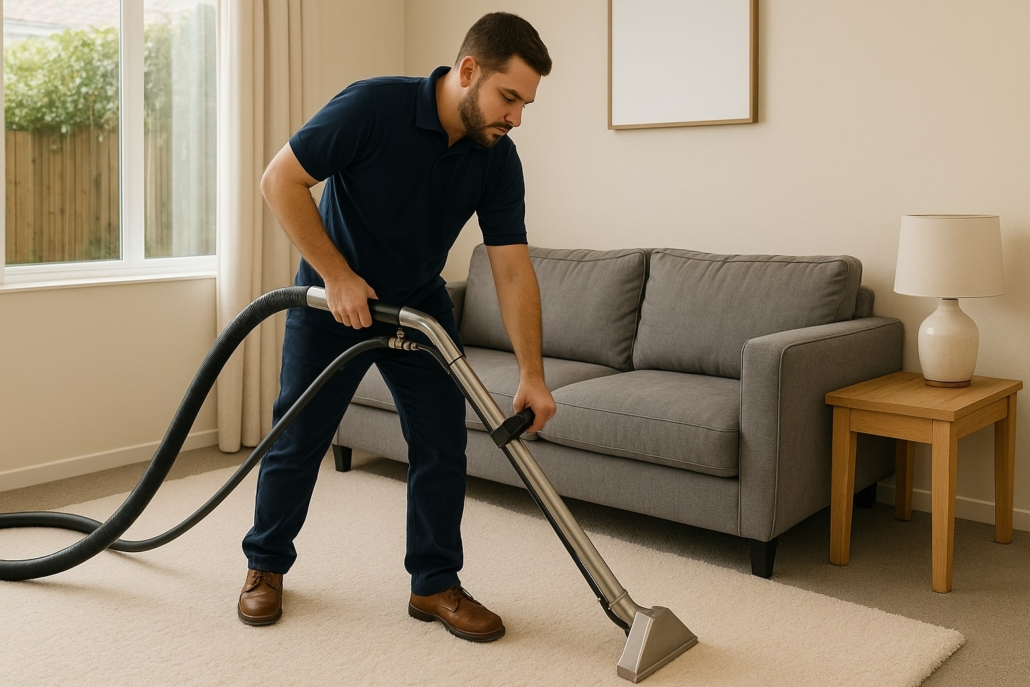
The Hidden World Within Your Carpet Fibres
Modern carpets are engineered marvels, but their intricate structure creates an ideal environment for the accumulation of contaminants. Carpet fibres aren’t smooth surfaces—they’re twisted, crimped, and textured to provide comfort and durability. These microscopic crevices trap particles that settle deep within the pile, far beyond the reach of standard vacuum cleaners.
Research from the Carpet and Rug Institute shows that carpets can hold up to four times their weight in embedded soil before appearing visibly dirty. This means your “clean” carpet might actually contain pounds of hidden contaminants, including dead skin cells, pet dander, pollen, and microscopic dust mites.
The composition of this embedded soil varies significantly based on the specific conditions of your household. Homes with pets accumulate organic proteins and oils that create sticky residues. High-traffic areas develop compacted clay and silica particles that abrade fibres over time. Coastal New Zealand properties face unique challenges with salt deposits that attract moisture and accelerate soiling.
Professional carpet cleaning targets these specific soil types using tailored chemistry and extraction methods. We don’t just clean what you can see—we address the hidden contamination that affects indoor air quality and carpet longevity.
Why Your Vacuum Cleaner Hits a Wall
Standard household vacuums operate on a simple principle: suction removes surface debris. The most powerful home vacuum generates approximately 100-150 air watts of cleaning power, which sounds impressive until you consider the physics involved.
Carpet fibres create resistance that dramatically reduces suction effectiveness as depth increases. By the time suction reaches the carpet backing, it’s lost 60-80% of its original power. This explains why you can vacuum the same area multiple times and still extract visible debris—you’re only accessing the top third of your carpet pile.
The filtration systems in household vacuums present another limitation. Standard paper or cloth filters capture particles down to 10-50 microns, but the most problematic contaminants—such as allergens, bacteria, and fine dust—measure 0.3-10 microns in diameter. These microscopic particles pass right through conventional filters and recirculate into your home’s air supply.
Professional carpet cleaning equipment operates at 500-800 air watts, with truck-mounted systems generating even higher suction rates. More importantly, we use HEPA filtration that captures 99.97% of particles down to 0.3 microns. This combination of power and precision removes contaminants that household equipment simply cannot address.
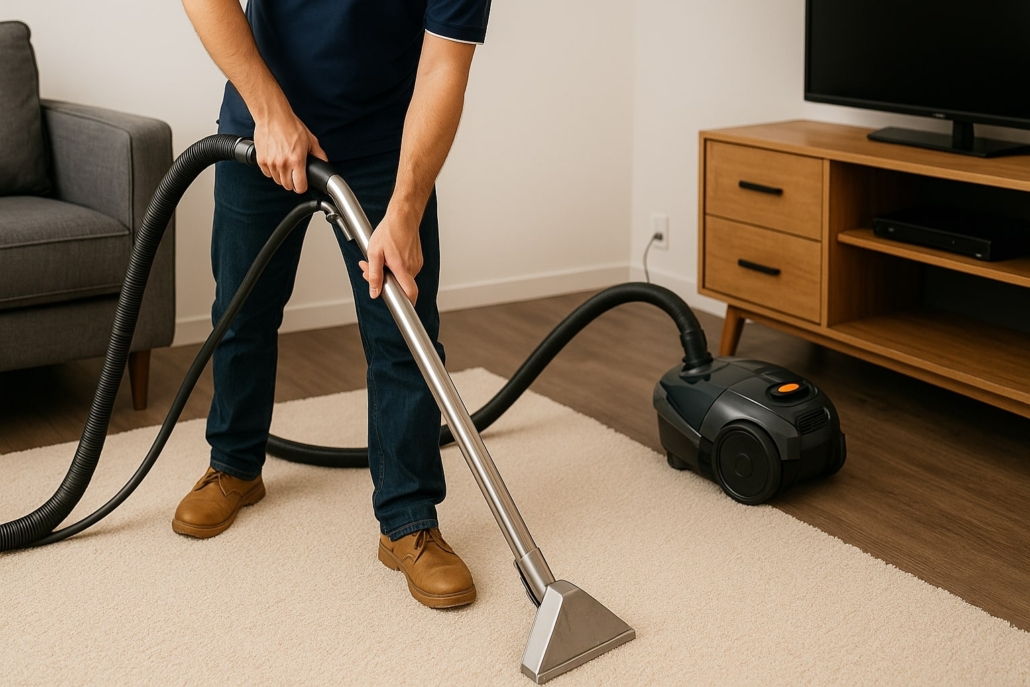
The Chemistry of Effective Stain Removal
Every stain presents a unique chemical challenge that requires specific treatment protocols. Understanding the molecular structure of different soils explains why generic household cleaners often fail or, worse, set stains permanently.
Protein-based stains, such as blood, sweat, and food, require enzymatic breakdown before extraction. These complex molecules bond with carpet fibres at the molecular level, creating chemical bridges that mechanical cleaning cannot break. Professional-grade enzymes target specific protein chains, literally digesting the stain components to release them from the fibre.
Oil-based stains present different challenges. Grease, makeup, and petroleum products repel water-based cleaners, explaining why scrubbing with household detergents often spreads the stain rather than removing it. Professional carpet cleaning uses surfactants that break surface tension, allowing water-based solutions to penetrate and emulsify oil-based contaminants.
Tannin stains from coffee, tea, and wine create yet another category of cleaning challenges. These organic compounds oxidise over time, changing their chemical structure and bonding more firmly with carpet fibres. The longer these stains remain untreated, the more complex their removal becomes. Professional treatment involves pH adjustment, oxidation reversal, and controlled extraction timing to ensure optimal results.
Here’s where DIY methods often backfire: using the wrong chemistry can permanently alter stain structure or fibre composition. I’ve seen countless Wellington carpets damaged by homeowners applying bleach to protein stains or using acidic solutions on synthetic fibres. Professional cleaners match treatment chemistry to both stain type and fibre composition, ensuring effective removal without carpet damage.
Hot Water Extraction Explained
Hot water extraction, commonly referred to as steam cleaning, represents the most scientifically sound approach to deep carpet cleaning. The process combines controlled heat, specific chemistry, and powerful extraction to address contamination at every level of the carpet structure.
Temperature plays a crucial role in determining the effectiveness of cleaning. Water heated to 200-220°F accelerates chemical reactions, breaks down soil bonds, and kills bacteria and dust mites on contact. This temperature range maximises cleaning power while remaining safe for carpet fibres and backing materials.
The extraction process creates a controlled flood-and-recovery cycle. The cleaning solution penetrates deeply into the carpet fibres under pressure, suspending and dissolving embedded contaminants. Immediate extraction removes both the cleaning solution and suspended soil, preventing redeposition and residue buildup.
Professional equipment maintains precise pressure and temperature control throughout the cleaning process. Truck-mounted systems generate consistent heat and pressure that portable units cannot match. This consistency ensures thorough cleaning without over-wetting or under-extraction.
The timing of each cycle is critical. Solution dwell time must be sufficient for chemical action without allowing over-penetration into the carpet backing. Extraction timing prevents soil redeposition while ensuring complete moisture removal. These variables require professional judgment and cannot be replicated with rental equipment.
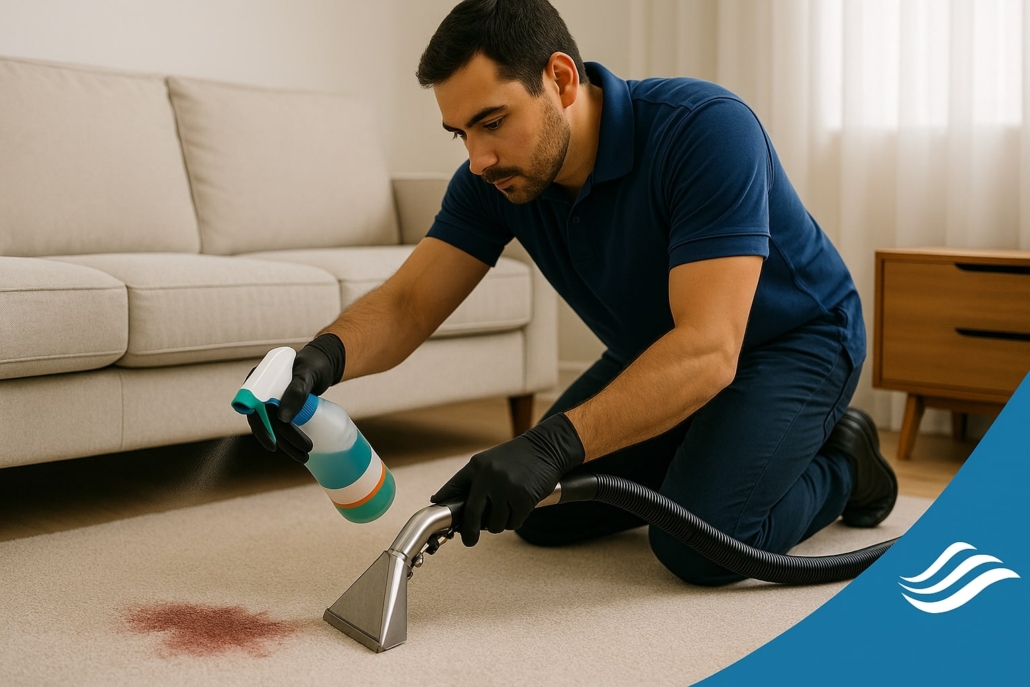
The HEPA Filtration Advantage
HEPA (High-Efficiency Particulate Air) filtration represents a quantum leap in air quality improvement during carpet cleaning. While household vacuums recirculate fine particles, professional HEPA systems capture and contain microscopic contaminants that affect indoor air quality.
True HEPA filters remove 99.97% of particles 0.3 microns and larger. To put this in perspective, human hair measures approximately 50-100 microns in diameter. HEPA filtration captures particles 150-300 times smaller than human hair, including most allergens, bacteria, and fine dust that trigger respiratory issues.
The impact on indoor air quality is measurable. Professional carpet cleaning with HEPA filtration can reduce airborne allergens by 85-95% for several months following treatment. This reduction is particularly significant for New Zealand homes dealing with seasonal pollen, dust mites, and pet dander.
During a recent cleaning project in an Auckland home with severe pet allergies, we measured particle counts before and after treatment. HEPA-filtered extraction reduced airborne allergens from 750 particles per cubic foot to fewer than 50 particles per cubic foot—a 93% reduction that provided immediate relief for the family’s asthmatic child.
The Economic Reality of Professional vs. DIY
The true cost of DIY carpet cleaning extends beyond rental fees and cleaning products. When you factor in time investment, quality of results, and potential damage risks, professional cleaning often provides better value.
Rental equipment costs $30-$ 60 per day, plus cleaning supplies and transportation. A typical DIY cleaning session requires 4-6 hours for an average home, assuming no complications or equipment issues. The opportunity cost of this time, valued at the minimum wage, adds $80-$ 120 to the project cost.
More significantly, DIY cleaning often requires multiple attempts to achieve satisfactory results. Rental equipment’s limited power and generic cleaning solutions frequently leave carpets only partially clean, necessitating additional rental periods and product purchases.
Professional carpet cleaning eliminates these variables. We bring commercial-grade equipment, targeted cleaning chemistry, and technical expertise to deliver consistent results in a single session. The time savings alone—typically 2-3 hours versus 6-8 hours for DIY—justifies the cost difference for most households.
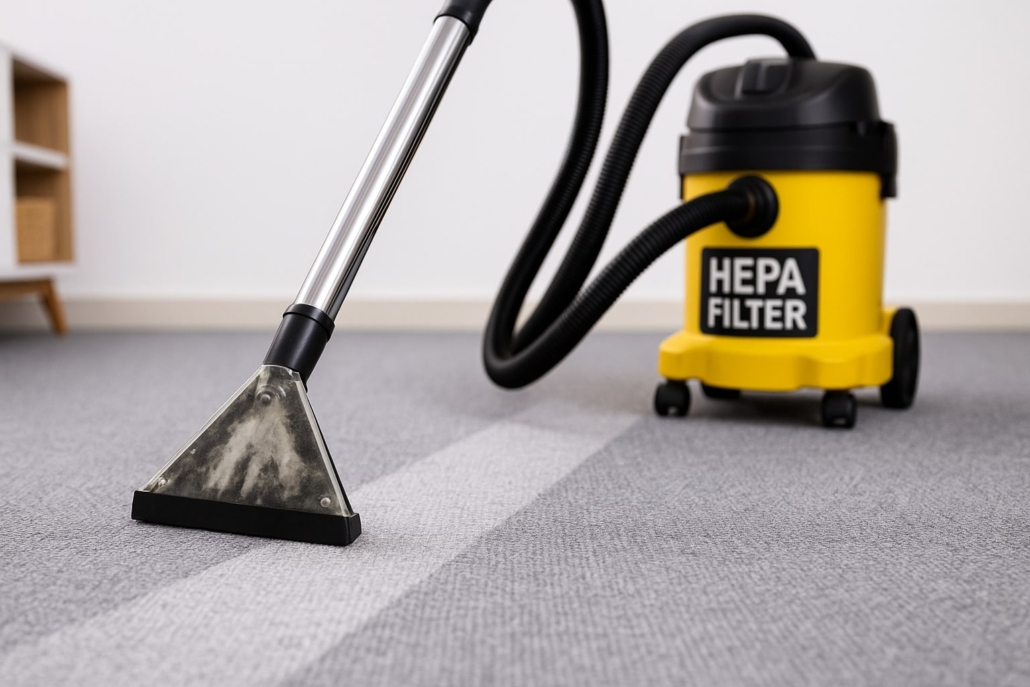
The Future of Carpet Care
Understanding the science behind professional carpet cleaning reveals why DIY methods often fall short of expectations. The combination of limited equipment power, generic cleaning chemistry, and lack of technical expertise creates a perfect storm of suboptimal results.
Your carpets represent a significant investment in your home’s comfort and appearance. They also play a crucial role in indoor air quality and family health. Professional cleaning protects this investment while delivering health benefits that household methods simply cannot provide.
The next time you’re considering carpet cleaning options, remember that effective treatment requires more than good intentions and rental equipment. It requires an understanding of fibre science, soil chemistry, and extraction physics, which can only be delivered through professional training and specialised equipment.
Your family deserves the cleanest, healthiest indoor environment possible. Professional carpet cleaning isn’t just about appearance—it’s about creating a safer, more comfortable home for the people you care about most.
Premium Clean has been delivering science-based carpet cleaning solutions to homes and businesses in New Zealand for over two decades. Our owner-operator model ensures personal attention to every project, while our “Gotta Love It Guarantee” provides complete confidence in our results. Book your professional carpet cleaning service today and experience the difference that proper equipment and expertise can make.

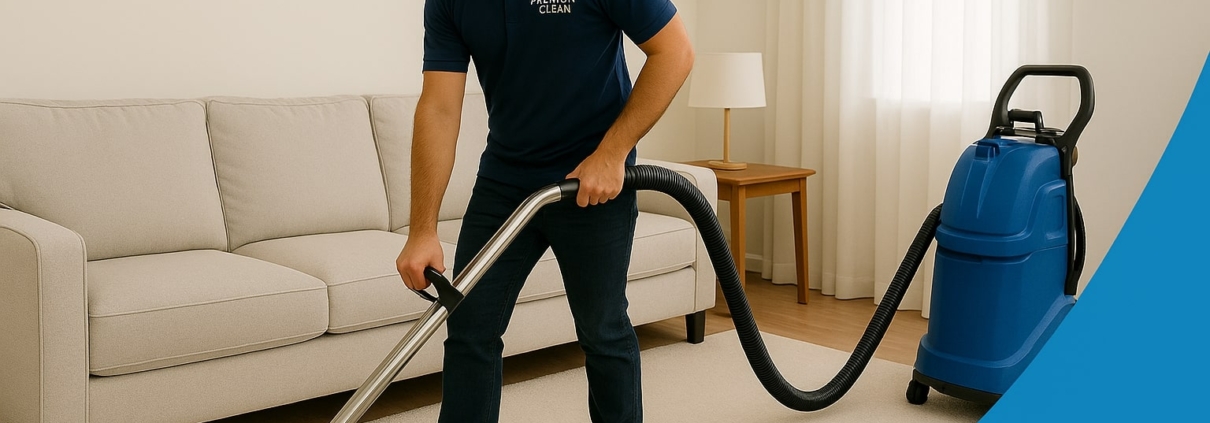
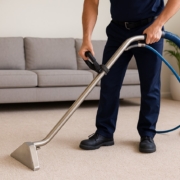

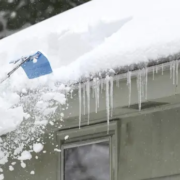
Leave a Reply
Want to join the discussion?Feel free to contribute!